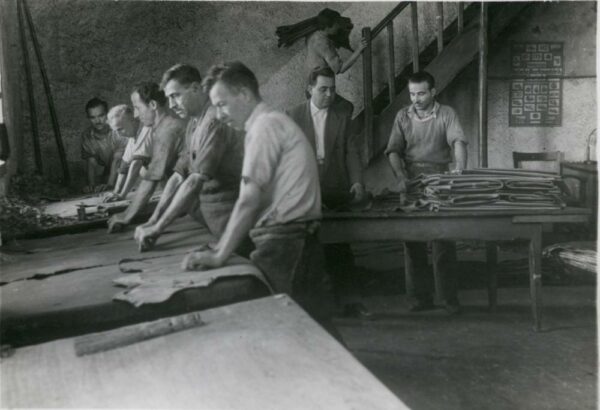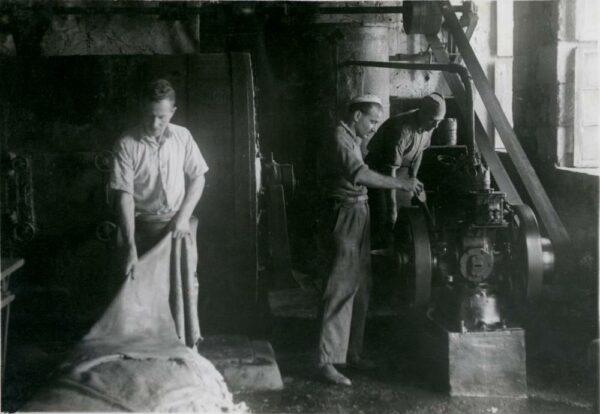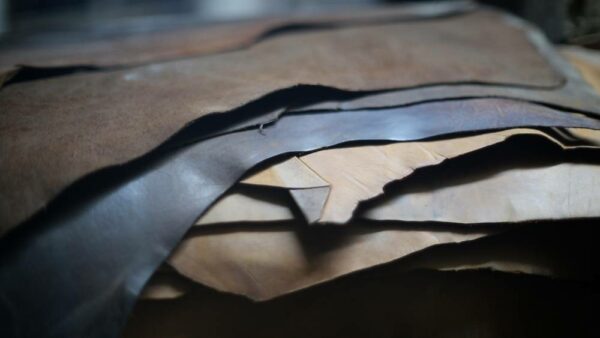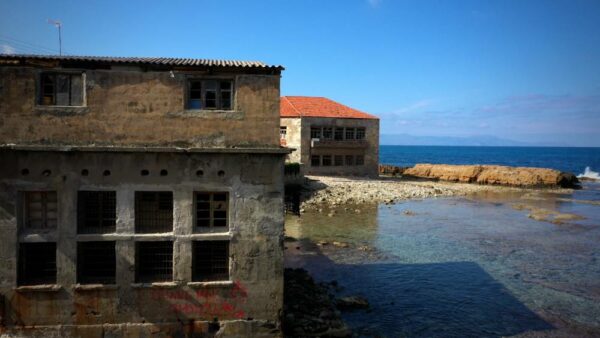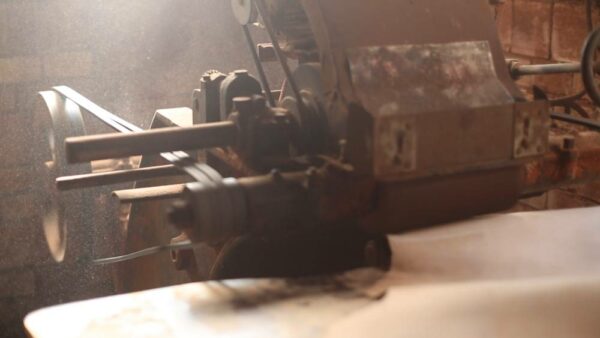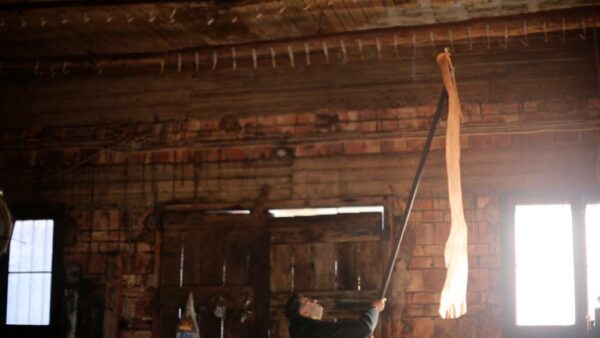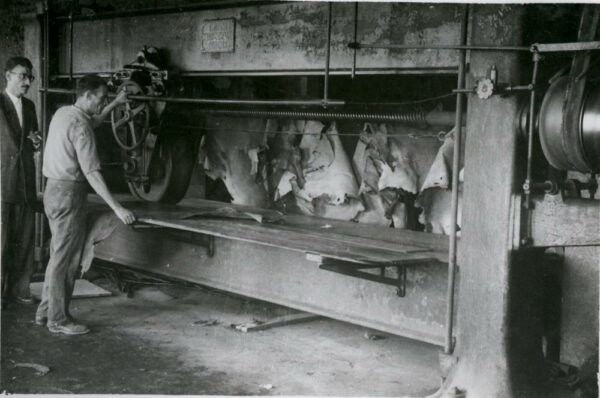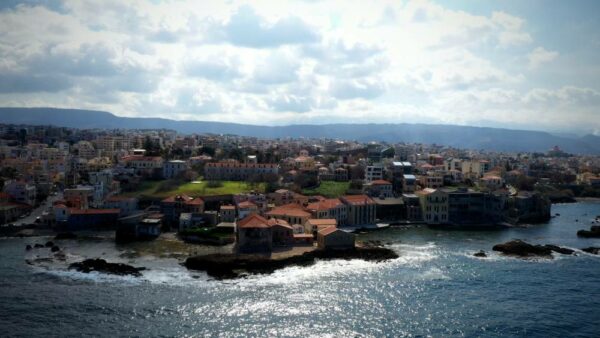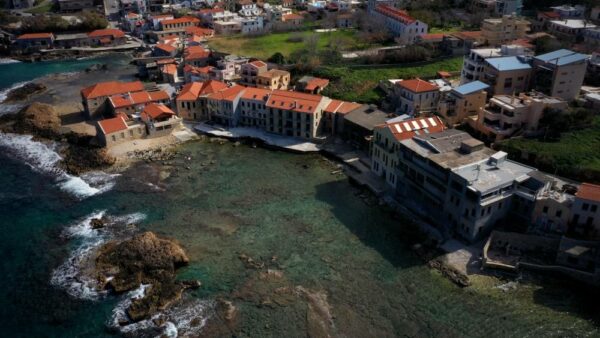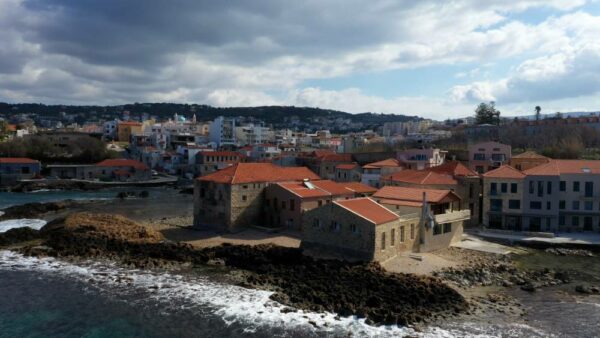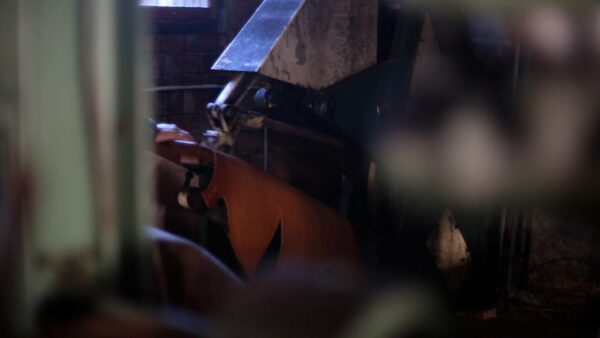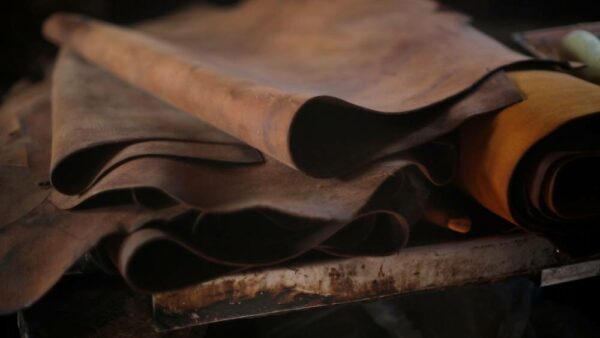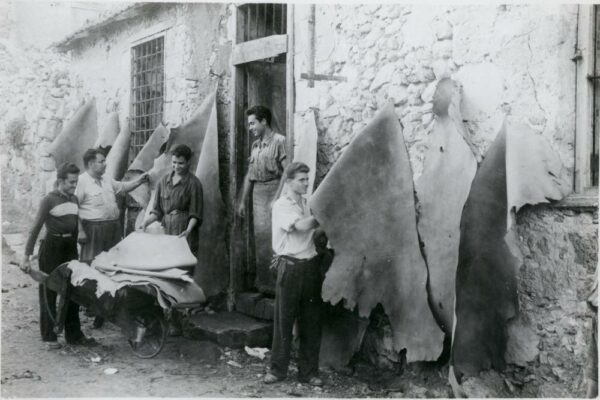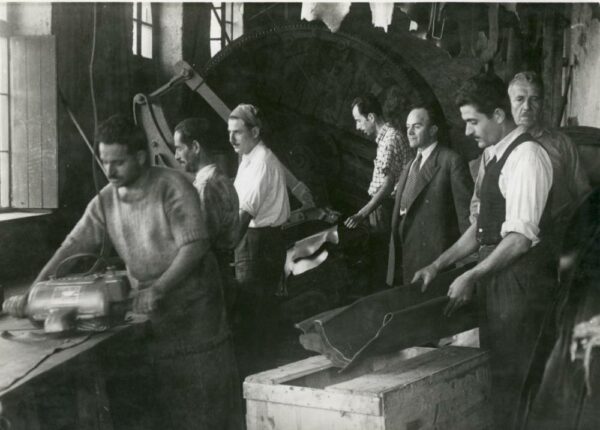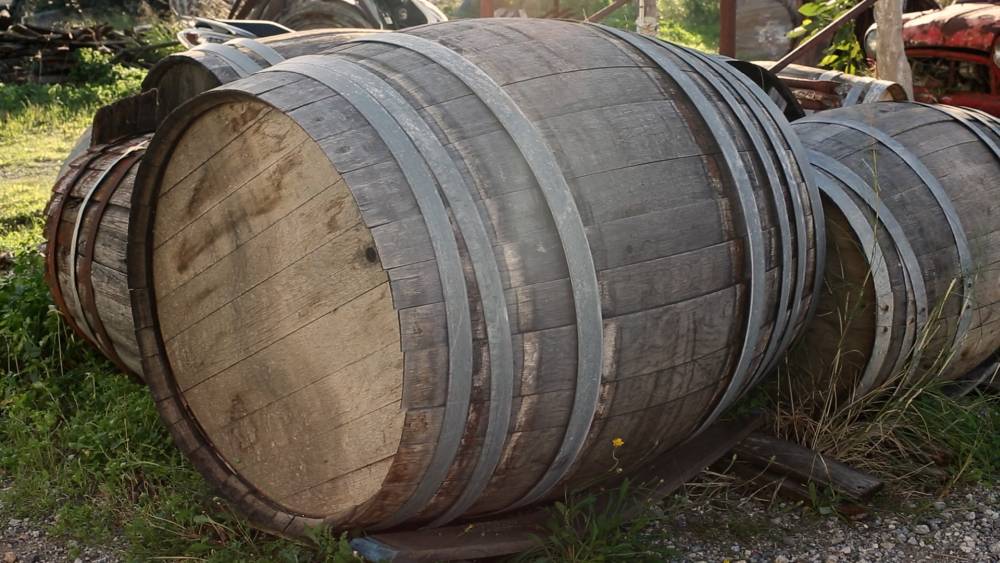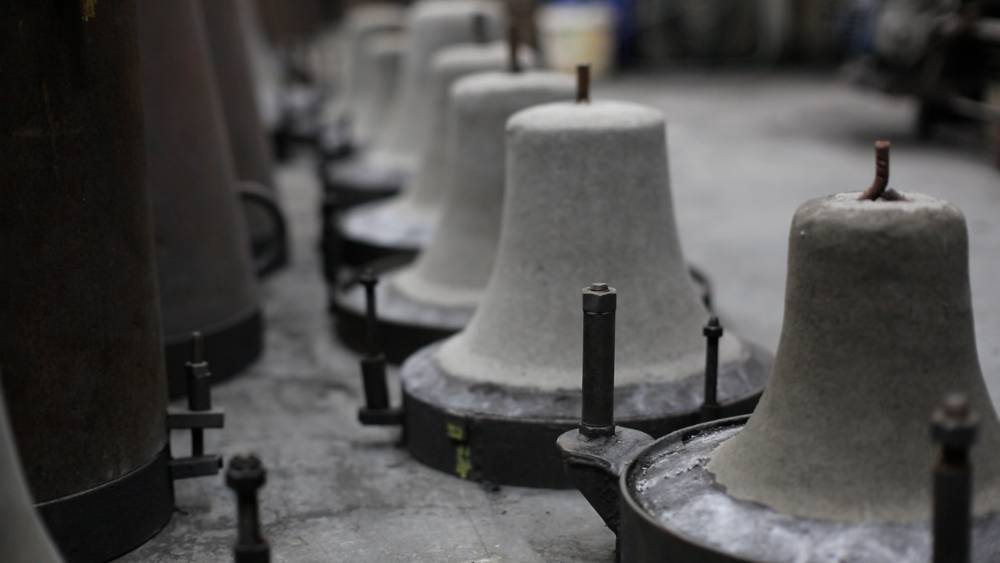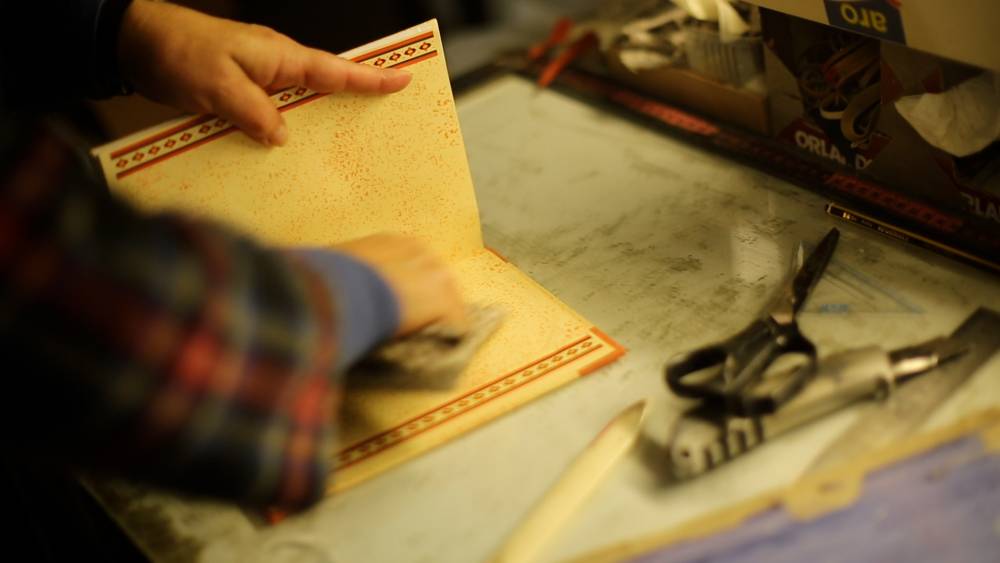Description
The tanneries of Chania also called Tabakaria, were located on the rocky beach of Halepa. They are a monument of the industrial era and an important part of the history of Chania. It is a unique architectural ensemble built next to the sea, from where the tanners got their supplies of water and salt, materials necessary for the processing of leather. The area was ideal as it was on the outskirts of the city, next to the sea with shallow waters, which favored the tanning process.
The word tabakario is Turkish, “tabak” means leather. The tanning process required a special technique and was time consuming. Initially, the softening was done by dipping the raw skins in the sea for a few days to swell. The flesh remains were then removed. To remove the hair, the skins were placed in large troughs with lime. It was shaved and rinsed again with sea water. The fat then had to be scraped off the back of the skin. Then, the leather was waterproofed using plant essences from oak and pine trees. Leathers were then placed into processing barrels and after that were thoroughly washed.
When the tanning process was over, it was dried on hangers or sunbathed in the open. Then it was laid on benches and oiled. With the help of a special machine, the skins were ironed, in order to remove the wrinkles, and to straighten them. After all this hard work, it was time to dye and polish.
The profession of tannery flourished in the interwar period. Their operation was interrupted during the German-Italian occupation, but continued after the end of the war, with new machines that facilitated the work of the tanners.

